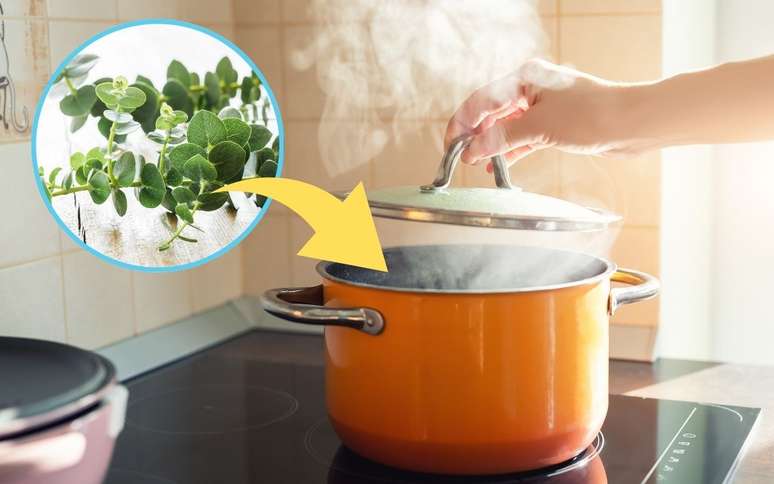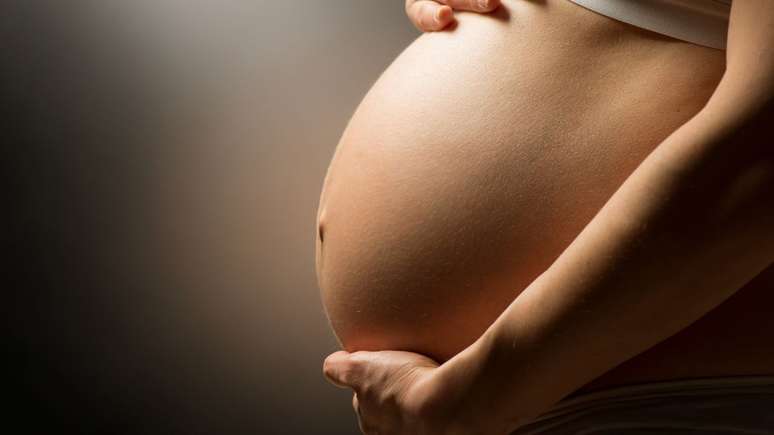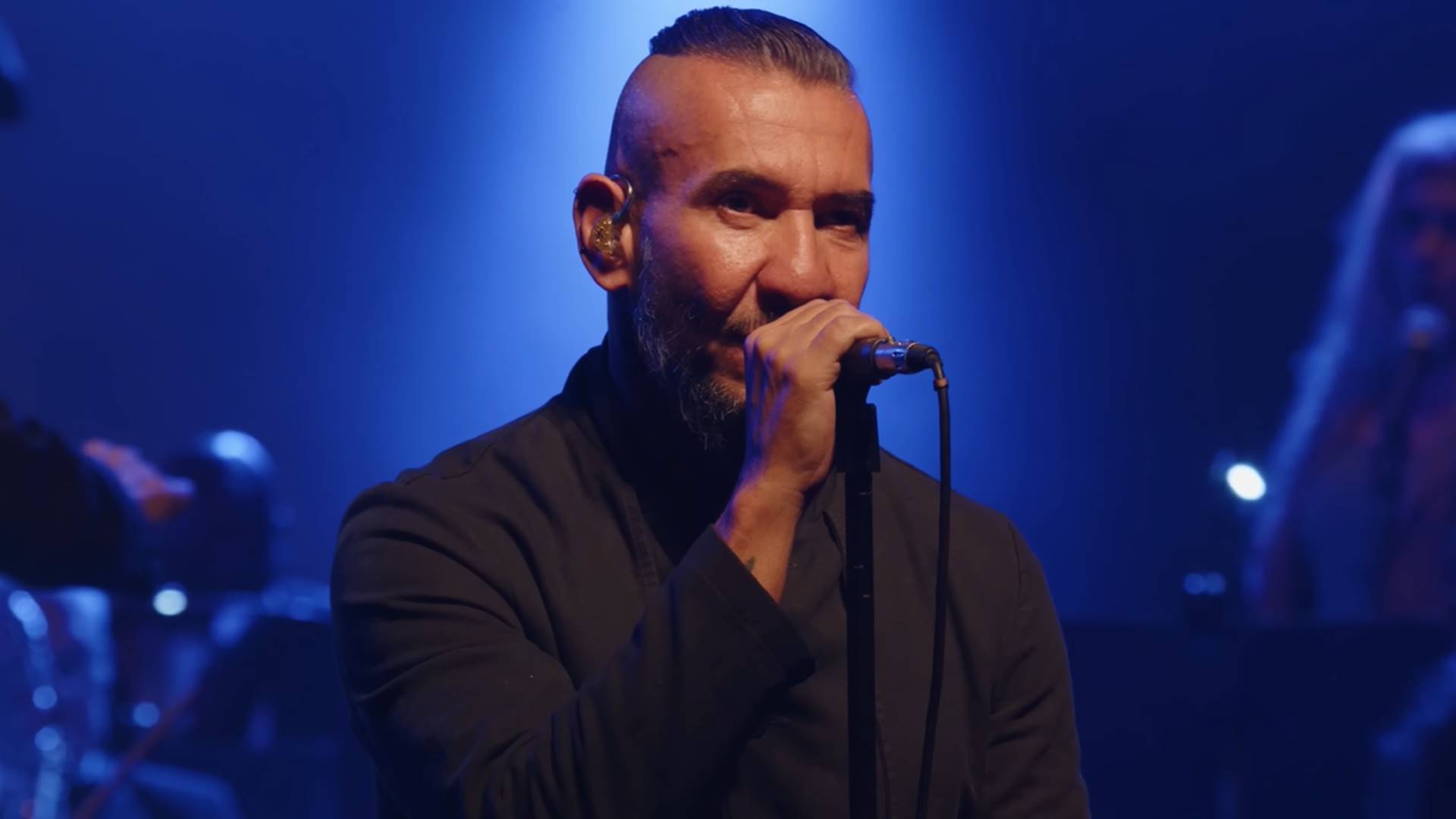When the body temperature starts to rise, many parents become desperate and rush to the emergency room. The Brazilian Society of Pediatrics launches new recommendations for the management of fever in infants and children and reinforces the message: “Fever is our friend”
One of the most desperate situations for parents – for the first time or not – is the increase in body temperature of children. Even more in times of covid-19. The first attitude is always to run desperately to the emergency room. However, in most cases, this is not the correct course of action. On the contrary: rushing to the emergency room at the first sign of a fever can be in vain – and even harmful, depending on the situation. To combat this desperation and explain to parents that they shouldn’t be afraid of fever, the Brazilian Society of Pediatrics (SBP) has launched a manual with new recommendations on how to deal with this symptom. “It is necessary to fight ‘feverphobia’, emphasizes pediatrician Tadeu Fernandes, president of the Scientific Department of Outpatient Pediatrics of the Brazilian Society of Pediatrics (SBP), in an exclusive interview with Baby Home🇧🇷

Fever in infants and children: what is it?
The human body has a kind of thermostat in the central nervous system. It is he who controls our body temperature. This applies to adults as well as children. Fever occurs when this thermostat raises the body temperature to above normal levels, in response to an attack on the body. “This can happen due to a virus, bacteria, trauma, and even a dental eruption, which is still local trauma,” explains Tadeu.
Normal body temperature and temperature meaning fever in infant and child
“The normal body temperature, by definition, ranges from 37.2 ºC to 37.8 ºC, depending on the reference you are using,” says the pediatrician. “The American Academy of Pediatrics (AAP) uses 37.2 ºC. The Brazilian Society of Pediatrics Pediatric treatise uses 37.8 ºC. Recently, the document released by the SBP on the management of fever considers 37.2 ºC as a reference to 37 ,3 ºC. So, it’s just a theoretical definition. It doesn’t mean that, from this or that number, you have to give antipyretics”, guide.
According to the pediatrician, the main thing is to observe the general state of the child with a fever. “The antipyretic should be used when the fever bothers the child. It is a new concept, which we are implementing all over the world, in the fight against ‘feverphobia'”, he underlines. So, according to the SBP, it could be that your child is 38ºC, but he is fine, eating, playing, with no other symptoms. And in this case, it’s worth noting. No need to medicate. On the other hand, there are situations where the child has 37.5ºC, but he is prostrate, sulking. In this case, the parents can administer the medicine, according to the pediatrician’s indications.
What is the best thermometer to measure fever in children?
The most suitable, according to the specialist, is the digital thermometer, which measures the temperature through the skin, in the armpit. “Never trust your hand, that famous: ‘Ah, I think it’s hot!’. We must trust the thermometer. for at least three minutes, until it beeps. These infrared thermometers, which are widely used today, mainly due to covid, they are fine for screening, but their specificity is lower than the digital underarm thermometer. Clinical studies have been carried out comparing them and this was the conclusion”, points out the pediatrician.
Fever: why not rush to the hospital?
According to the Brazilian Society of Pediatrics, “feverphobia” is responsible for desperate trips to the emergency room, which isn’t always a good thing. “In this case, the children can be infected with other diseases… Also, many of these trips take place at dawn, when we know that security is not always good. That’s why it’s a problem we try to fight. Fever is our friend, she is not our enemy. Fever in infants and children is not a disease, it is a sign”, the doctor reiterates.
“When the child gets a vaccine, he usually has a fever. This is good because it means that the body is responding to the attenuated virus, producing a reaction. The same is true when the child is attacked by a virus, such as the cold , for example. It’s your body that works, it produces antibodies, defense elements. If you fight a fever, even at low levels, you will block the body’s defenses against the aggressor,” explains Tadeu.
“There is a very large study, conducted in Spain, which shows that 75% of parents seek emergency room before 24 hours of fever. It is impossible for the doctor to give a definitive diagnosis for such a ‘green’ fever, because first comes the fever, only 24, 48, 72 hours later will a disease appear, a virus, a hand-foot-mouth disease, tonsillitis, pneumonia, meningitis… “, says Tadeu. The recommendation is to observe what accompanies the fever” complements.
In fact, when is it necessary to seek the emergency room or the pediatrician?
If your baby is younger than 2 months, the fever itself can be concerning. In that case it is very important that you talk to your pediatrician as soon as possible or go to the emergency room. “In this case, there is a specific protocol for laboratory tests and conduct,” emphasizes the SBP doctor.
In addition to this, you must observe the general condition of the child, not just the fever. “A child with 37.5°C, drooping, panting, depressed? See a doctor right away. A child with 37.8°C or 38°C, 38.5°C, but playing there, no fainting or other warning signs, in good general condition, can be observed and receive the antipyretic if necessary”, he specifies.
It’s still:
Want to know more? Subscribe to the newsletter Baby Home and get more tips each week on how your baby is developing. It’s fast and free.
🇧🇷The best content in your email for free. Choose your favorite Terra newsletter. Click here!
Source: Terra
Benjamin Smith is a fashion journalist and author at Gossipify, known for his coverage of the latest fashion trends and industry insights. He writes about clothing, shoes, accessories, and runway shows, providing in-depth analysis and unique perspectives. He’s respected for his ability to spot emerging designers and trends, and for providing practical fashion advice to readers.








